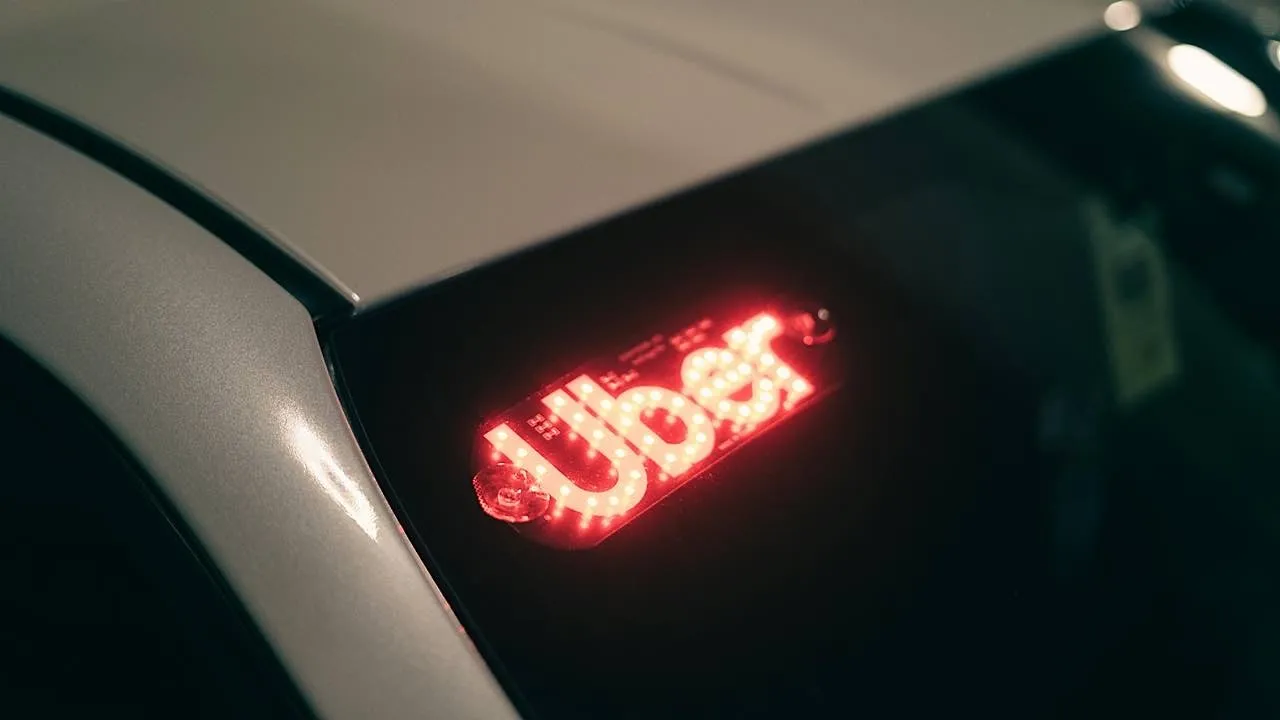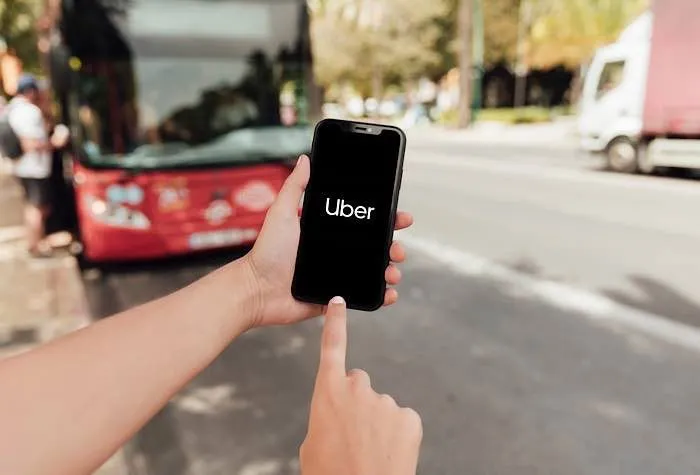Does the Introduction of Blue Checkmarks by Uber Enhance My Safety?

Ride-sharing sounds appealing initially: whether you need a ride to the airport, for a night out, or to a friend’s house, connecting with someone looking to earn extra income with their car seems convenient. But is it safe? Uber is introducing blue checkmarks as a verification system in their app, claiming it will enhance safety. But does it really?
Safety Concerns with Uber
I started using Uber for transportation when I planned to enjoy a few cocktails. It felt safer than driving after drinking. However, stepping into a stranger’s car still made me question if it was genuinely safe.
When my daughter began using Uber, I felt anxious. I made her call me upon arrival to confirm her safety, and I encouraged her to reach out during the trip if anything uncomfortable arose. After all, she was a young woman in a vehicle with a stranger, often a man.

There have also been stories about cars with Uber signs misleading people at popular locations, making them believe the vehicle was theirs. I learned to verify with drivers who they were waiting for before I entered their car.
Furthermore, Uber drivers’ safety is not guaranteed either. They only know what you have input in the app and are unaware of your intentions; anyone could potentially pose a threat. However, this issue is not exclusive to rideshares; taxis share the same risk.
Uber’s Blog Announcement: A “Trusted Platform”
Uber recently announced in a blog post that it is introducing blue checkmarks for user verification in its ride-sharing app, drawing a parallel to Twitter’s verification system post-Elon Musk’s takeover and rebranding as “X.”
The company emphasized that they are working to construct a platform based on trust between riders and drivers, aimed at making users and drivers “feel more safe and secure.”
To enhance the Uber experience and ensure it’s a “safe and trusted place to ride and drive,”the platform promises to securely store verification data and encrypt identification documents. Drivers will only see your first name, star rating, verified rider badge (if you have one), and your pick-up and drop-off locations. I was surprised to learn that they could previously access more information than that, which is a bit unsettling.

Uber plans to cross-verify your account information with third-party databases. If your details aren’t verified, you can upload documents like a driver’s license or passport, and possibly even submit a selfie. While the company notes that this process doesn’t guarantee your identity or appropriate behavior, they believe it increases accountability and trust. Drivers will see your blue checkmark, indicating you are verified.
This verification allows drivers to see your status before picking you up. This could minimize the likelihood of them canceling your ride after you’ve already waited, potentially making it more favorable for them to complete your trip, even from a less desirable area.
Currently, Uber delivers information about its drivers once they agree to your pickup, including their name, rating, ride count, vehicle make, model, color, and license plate number. However, it’s unclear if drivers have undergone verification like users do. While it’s assumed that drivers are vetted, we lack transparency about this when we await our ride on the app.
In conclusion, while I appreciate Uber’s efforts to ensure driver safety, it doesn’t entirely alleviate my concerns. I would still have my daughter follow the same precautions. The overall safety remains a priority for me, regardless of whether I’m using Uber’s blue checkmarks, Lyft, or a taxi.
As Uber claims that the blue checkmarks will enhance safety, you might want to explore additional tips and tricks to make your Uber rides more enjoyable.
Image credit: Unsplash
Leave a Reply